Sealed clothes dryer
FXSTer
19 years ago
Related Stories
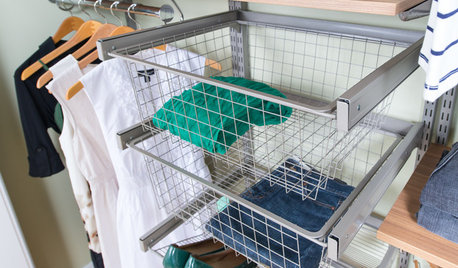
CLOSETSHow to Store Your Clothes to Keep Them Looking Good Longer
Here’s what clothes to fold, what to hang and how to stash your off-season stuff
Full Story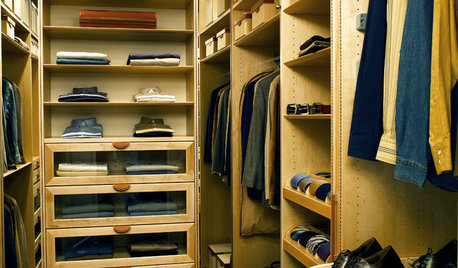
CLOSETSCloset Storage Solution: Fall Clothes In, Summer Clothes Out!
7 steps to packing away your seasonal clothes (and editing the rest)
Full Story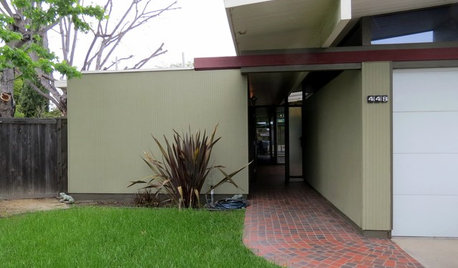
HOUZZ TOURSMy Houzz: Yard Seals the Deal for an Eichler Home
Expansive indoor-outdoor living sold a couple on this midcentury California home, now brimming with vintage finds collected over time
Full Story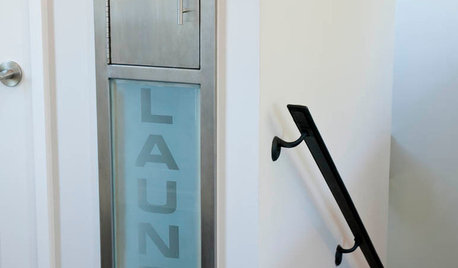
GREAT HOME PROJECTSHate Hauling Laundry? Give Dirty Clothes the Chute
New project for a new year: Install a quick route to the laundry room
Full Story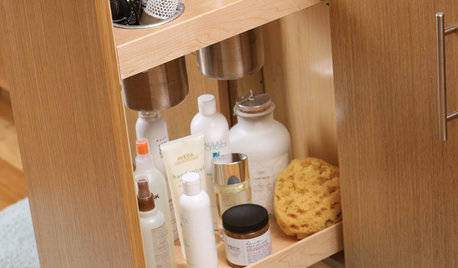
BATHROOM DESIGNPut the Kibosh on Hair Dryer Chaos
Fed up with knocked-over blowers and tangled cords? Try these tactics for keeping hair dryers and other styling tools under control
Full Story
ORGANIZINGSmart Solutions for Clothes Closets
The Hardworking Home: Explore these ways to store your clothes, shoes and accessories to make the most of your space
Full Story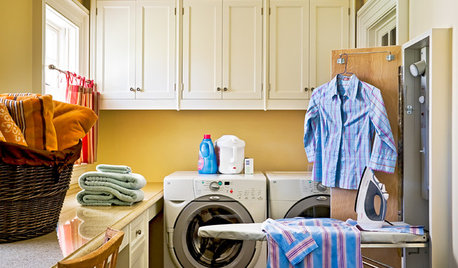
CLOSETSBest Storage Secrets for Clothes
Closets and dressers don't need to be pricey. Here's how to fold, file and hang your way to beautifully stored clothes using what you have
Full Story
CLOSETS8 Dream Closets Go Beyond Storing Clothes
Yes, they've still got hangers and drawers. But these luxurious dressing rooms also have views, artwork or an added purpose
Full Story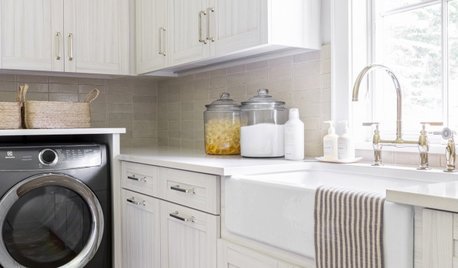
LAUNDRY ROOMS7-Day Plan: Get a Spotless, Beautifully Organized Laundry Room
Get your laundry area in shape to make washday more pleasant and convenient
Full Story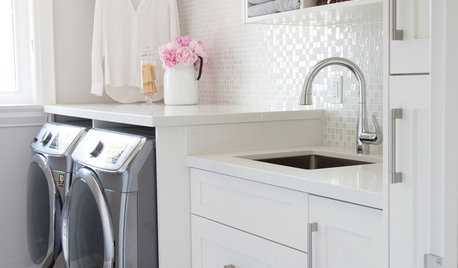
LAUNDRY ROOMSYou Have Style — Shouldn’t Your Laundry Room?
Make folding clothes your favorite chore of the day with these 10 designer tips
Full StorySponsored






brickeyee
FXSTerOriginal Author
Related Professionals
Greenwich Solar Energy Systems · Lynwood Solar Energy Systems · Mokena Solar Energy Systems · Titusville Solar Energy Systems · Eden Prairie Solar Energy Systems · Palos Verdes Estates Design-Build Firms · Suamico Design-Build Firms · Ammon Home Builders · Angleton Home Builders · Fort Worth Home Builders · Rossmoor Home Builders · Troutdale Home Builders · Thousand Oaks Roofing & Gutters · Norridge Roofing & Gutters · Weston Roofing & GuttersPooh Bear
smile3
Pooh Bear
sean_m
zinniachick
cowboyind
brickeyee
plantladyott
madscientist
FXSTerOriginal Author
smile3
madscientist
bry84
brickeyee
bry84
janemarie5
brickeyee
janemarie5
bry84
cowboyind
jrice
rai_in_md
AndrewInOrlando
bry84
Boby Huffard
bob_brown
scryn
Nancy in Mich
joyfulguy
joyfulguy
led_zep_rules
mark_fleming
joek
sallyjavalon
drmeow3
wittyhoosier
vanmicnatlog
garymunson-2008
countryboymo
bob07461
garymunson-2008
pjb999
crusby
solargary